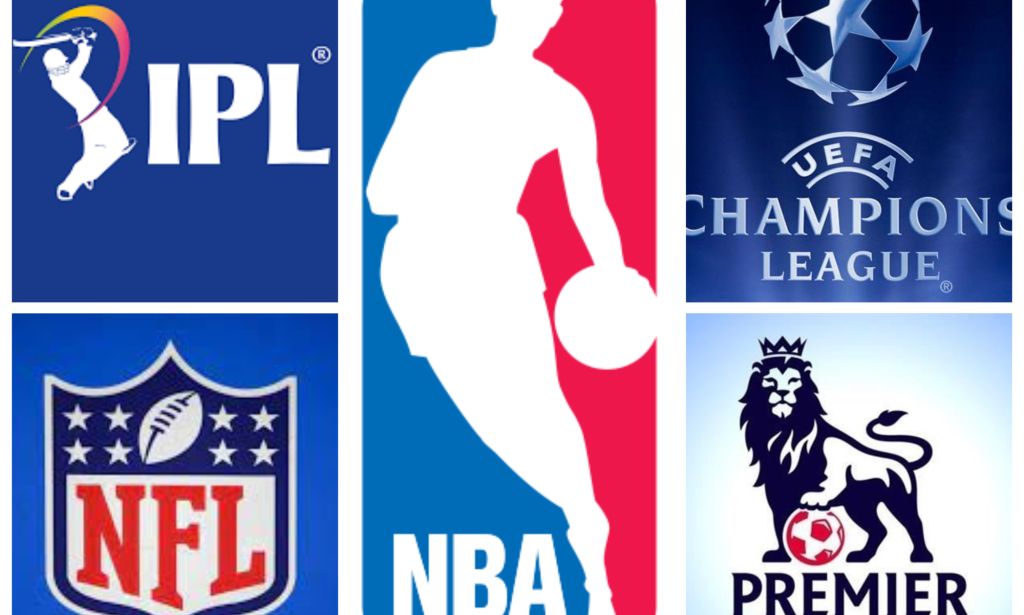The Affluent Business of Sports: Exploring the Economics of Global Sports Leagues
Introduction
Sports have always been a significant part of human culture, with millions of fans around the world passionately following their favorite teams and players. However, what many people might not realize is the tremendous economic impact that sports leagues can have on people, countries, and businesses.
Sports leagues are not only a source of entertainment and passion for billions of sports fans around the world, but they also play a significant role in shaping local and global economies. The business of sports is a multi-billion-dollar industry, with sports leagues and their affiliated teams generating substantial revenue from broadcasting rights, sponsorships, merchandise sales, and ticket sales.
The impact of sports leagues on local economies cannot be overstated. In addition to providing jobs for players, coaches, and team staff, sports leagues also create jobs in industries like broadcasting, hospitality, and tourism. The influx of fans to cities and towns for games and events can also lead to increased spending on restaurants, hotels, and other local businesses, contributing to the growth of the local economy. Businesses that advertise such events equally benefit financially through brand awareness.
Revenue Streams in Global Sports Leagues
Global sports leagues generate revenue through several streams, including broadcasting rights, sponsorships, merchandise sales, and ticket sales. These revenue streams are crucial to the survival of the leagues, with each stream contributing significantly to their financial success.
Broadcasting rights:
Broadcasting rights are a significant source of revenue for global sports leagues. Television networks pay massive sums of money for the right to broadcast games, making up a significant portion of the league's revenue.
For example, the English Premier League sold broadcasting rights for the 2022-2025 seasons for a whopping £4.7 billion ($6.1 billion) in the UK alone. In 2022, TATA Group in India became the primary sponsor in the Indian Premier League, fetching broadcasting rights for the league that amounted to INR 48,000 crores (or $5.8 billion) from 2022-2027.
Sponsorships:
Sponsorship deals are another significant source of revenue for global sports leagues. Brands pay large sums of money to become the official sponsor of a league or a team. For example, Nike pays the NBA a reported $1 billion over eight years since 2020 to become the league's official apparel sponsor.
Merchandise sales:
Merchandise sales are a crucial source of revenue for global sports leagues. Fans love to show their support for their favorite teams by buying team jerseys, hats, and other merchandise. For example, in the 2022-2023 season, the NFL generated $2.7 billion in merchandise sales.
Ticket sales:
Ticket sales are a significant revenue stream for sports leagues, especially for events such as playoffs and championship games. For example, the average ticket price for Super Bowl LV was $7,900 in 2022.
Famous Sports League Brands
These leagues generate substantial revenue through broadcasting rights, merchandise sales, sponsorships, and ticket sales. This economic success has led to significant growth in the sports industry, with new leagues and teams emerging globally every year.
There are many famous sports league brands that operate worldwide, generating billions of dollars in revenue every year. Here are some examples:
National Football League (NFL):
The NFL is one of the most popular sports leagues globally and generates over $18 billion in revenue each year. The league has 32 teams, and its revenue streams include broadcasting rights, sponsorships, merchandise sales, and ticket sales.
According to Forbes, each NFL franchise takes an estimated average annual income of $4.47 billion each season. The average viewership of NFL matches across the United States is well above 15 million for each match, well above the NBA’s average viewership of 3.9 million watchers per match.
English Premier League (EPL):
The EPL is one of the most popular soccer leagues globally, with a fan base of over 4 billion people spread across the teeny tiny world. The league has 20 teams, and its revenue streams include broadcasting rights, sponsorships, merchandise sales, and ticket sales.
For the 2022-23 season, EPL revenues exceeded US $7 billion, compared with $5.42 billion in 2021-22. So far, English Premier League is the most profitable and most-viewed sports league in Europe.
National Basketball Association (NBA):

The NBA is one of the most famous basketball leagues globally and generates over $8 billion in revenue each year. The league has 30 teams, and its revenue streams include broadcasting rights, sponsorships, merchandise sales, and ticket sales. For the year 2022, NBA posted a consolidated profit margin of just over $10 billion, split between 30 teams of the association.
The phenomenal increment in NBA earnings is indebted to its outreach and expansion in Asian countries, such as China and India since 2020.
Union of European Football Associations (UEFA):

UEFA is the governing body of continent-wide football in Europe, with the UEFA Champions League being one of the most-watched annual sports events globally. According to UEFA Budget Report for the 2022-23 season, the league earned approximately €4.5 billion in the season, attracting 380 million visitors in the Champions League final alone, making it the most viewed final of any major soccer tournament in 2022.
Indian Premier League (IPL):

The IPL has become one of the most-watched and profitable sports leagues globally, with a massive fan following in India and around the world. In 2023, the IPL is expected to continue its growth trajectory, with an estimated revenue of over $1.5 billion and a viewership of over 500 million across the world.
The IPL's economic impact on India has been significant, with the league generating employment opportunities for thousands of people and contributing to the growth of ancillary industries such as tourism, hospitality, and media.
The IPL's revenue streams include broadcasting rights, sponsorships, ticket sales, and merchandise sales. In 2023, the league is expected to generate the majority of its revenue from broadcasting rights, with a significant increase in digital streaming revenue. The opening match of the IPL 2023 edition recorded an estimated TV and digital viewership of 190+ million people.
Final Words
The economics of global sports leagues are complex, with multiple revenue streams contributing to the financial success of these organizations. Broadcasting rights, sponsorships, merchandise sales, and ticket sales are all crucial sources of revenue for sports leagues, and they have a significant impact on local and global economies.
Despite the challenges posed by the COVID-19 pandemic, sports leagues continue to adapt and innovate, ensuring that they remain a significant cultural and economic force in the years to come. As a lifestyle and business writer, it is fascinating to see how the worlds of sports and economics intersect, and I look forward to seeing how this dynamic evolves in the future.




You must be logged in to post a comment.